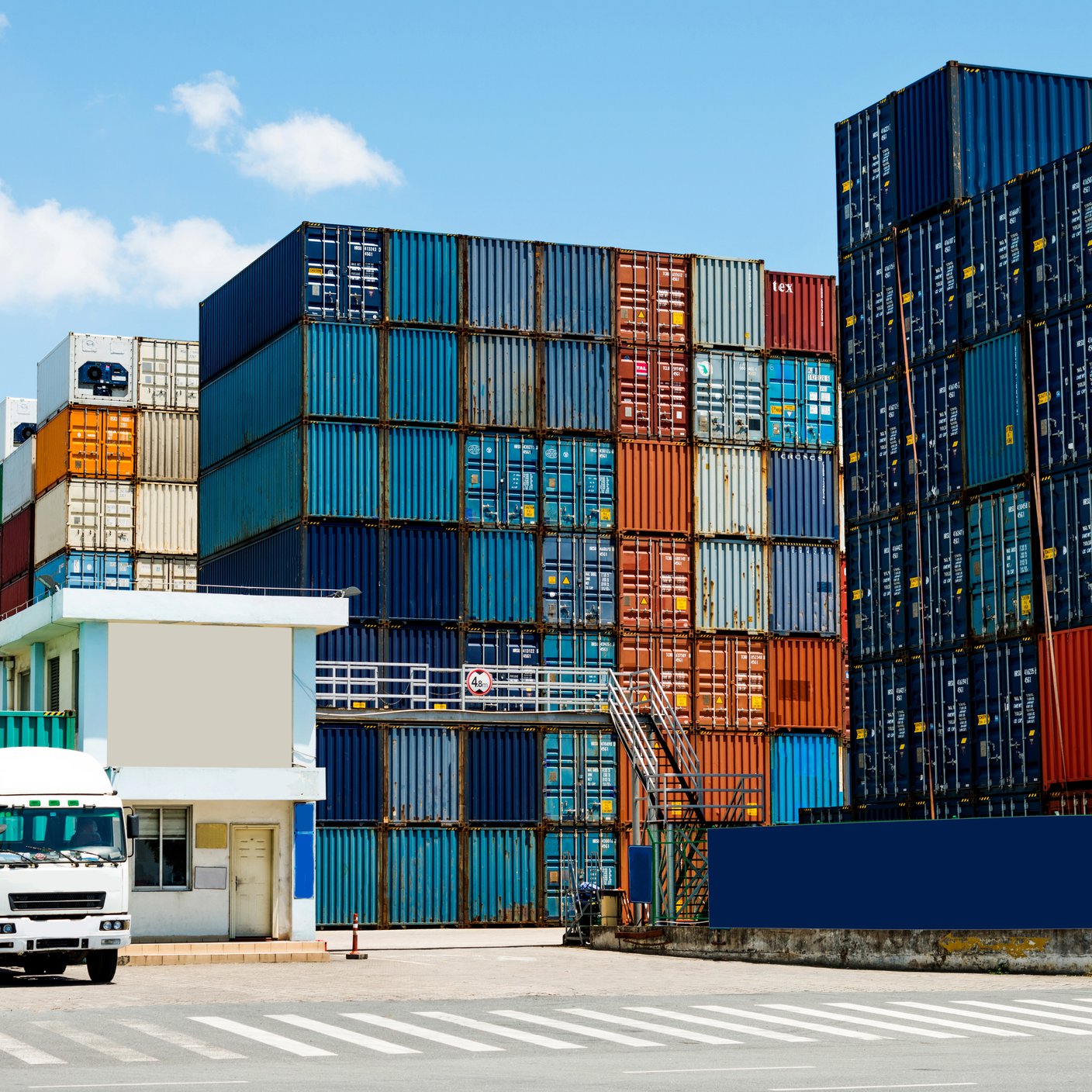Part one of our series, What is CTPAT and what are its benefits, addresses the basics of the Customs-Trade Partnership Against Terrorism (CTPAT) program and the advantages that come with certification. Next, we’ll cover the security guidelines that organizations must follow to participate.
The CTPAT program was established to enhance the security of the global supply chain while facilitating the flow of legitimate trade. To participate, organizations must adhere to guidelines surrounding five security areas: procedural security; physical security; container and conveyance security; personnel security, education, and training; and agricultural security and cybersecurity. Forced labor is also becoming an important requirement of the CTPAT program.
Procedural security
Procedural security covers the processes and procedures that an organization has in place to manage its supply chain security. This includes policies for securing data, conducting background checks on employees, and maintaining secure communication channels. Organizations must also have a documented process for supply chain security, which outlines the steps taken to identify and mitigate risks.
To implement effective procedural security measures, organizations must conduct regular risk assessments and update their security plans accordingly. It's also important to establish clear communication channels between all parties involved in the supply chain, including suppliers, carriers, and customers. Finally, holding regular training and education programs for employees will ensure that everyone is aware of their role in maintaining supply chain security.
Physical security
Physical security guidelines include securing facilities, equipment, and cargo. Effective physical security measures involve regular security audits and access control monitoring, such as fencing and surveillance cameras. They should also utilize a system for following cargo movements, such as GPS tracking, and conduct regular inspections of vehicles and containers.
Conveyance security
Conveyance security is of paramount importance for the CTPAT program. Regardless of the type of conveyance that is used (a container, trailer, flatbed, air cargo container, or skid) it is important to check on the integrity of the container to ensure that it has not been tampered with and that all parts of it are in good working order. Criminals and other bad actors have been known to use false walls and floors in containers to smuggle drugs and people, so checking conveyances is essential to ensure trade security.
Personnel security and training
Personnel security guidelines address employee training and screening processes, including conducting background checks on all employees, limiting access to sensitive areas of the supply chain, providing regular training on supply chain security, conducting drills and exercises to test security procedures, and ensuring that employees are aware of the consequences of noncompliance.
Agricultural and cybersecurity
Agricultural and cybersecurity requirements are the newest CTPAT requirements. Agricultural security requirements are in place to prevent the entry of invasive species and pests into the United States. Invasive species often enter in legitimate cargo, so it’s important to maintain cleanliness and pest control in areas where containers or other conveyances are loaded and ensure that fumigated and pest-free pallets are used and containers and conveyances themselves are kept clean.
Cybersecurity is another new area of the CTPAT criteria, as ransomware and other cyberattacks have rocked supply chains over the past few years. New requirements go beyond password requirements to include training on phishing attacks, use of firewalls, data backup, and network security testing.
As mentioned above, CTPAT members are now also required to trace their supply chains to ensure that they are free of forced or coerced labor. This is causing many companies to re-evaluate their supplier relationships and carefully examine the provenance of their products.
In part three of our CTPAT series, BSI’s Security & Resilience experts will focus on the importance of conducting a risk assessment, including identifying potential security vulnerabilities in the supply chain, assessing the likelihood of a security breach, and developing a risk mitigation plan.
Also read our Supply Chain Risk Insights Report series as Tony Pelli weighs in on the benefits of supplier diversification to reduce risks within your supply chain. For more BSI insights on other EHS and Digital Trust topics, visit our Experts Corner. For real-time updates on top supply chain issues, register for BSI’s Connect SCREEN tool; this platform provides daily analysis on the latest and most relevant global supply chain trends.







